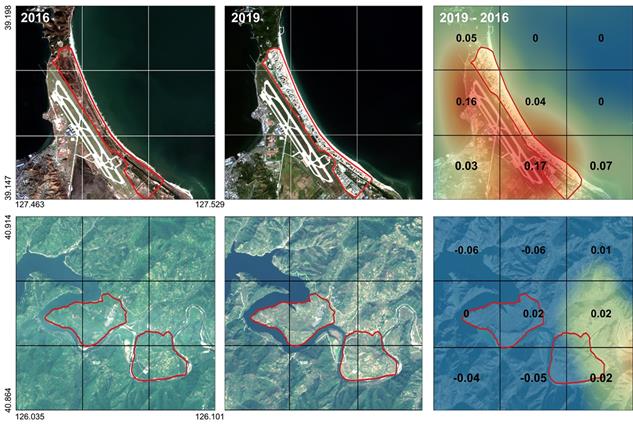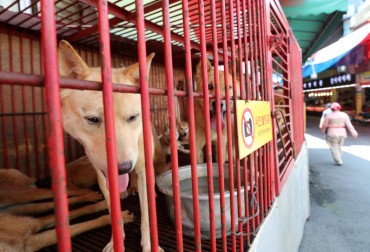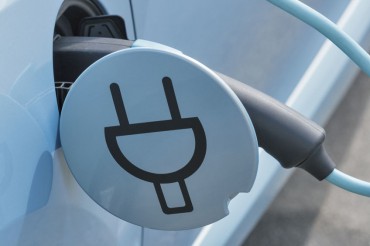
Groundbreaking technology leveraging artificial intelligence (AI) has been developed to analyze satellite images to estimate economic indicators in impoverished nations, including North Korea. (Image courtesy of KAIST)
DAEJEON, Nov. 22 (Korea Bizwire) – Groundbreaking technology leveraging artificial intelligence (AI) has been developed to analyze satellite images to estimate economic indicators in impoverished nations, including North Korea. This innovation is poised to play a crucial role in monitoring countries with limited access to basic statistical data.
On Tuesday, KAIST announced the successful development of an AI technique by a research team led by professors Cha Mi-young and Kim Ji-hee. This achievement resulted from collaboration with the Institute of Basic Science, Sogang University, the Hong Kong University of Science and Technology (HKUST), and the National University of Singapore (NUS). Given that 53 countries have lacked agricultural data for the past 15 years and 17 have not conducted a population census, this method offers a means to gather essential data for these marginalized nations.
The team utilized satellite imagery from Sentinel-2, a freely available satellite operated by the European Space Agency (ESA). Initially, the imagery was segmented into small areas of approximately 6 square kilometers (2.5×2.5 sq. km), with economic indicators quantified through AI techniques based on visual cues such as buildings, roads, and vegetation. Employing a “human-machine collaboration algorithm,” researchers provided the AI with information about the presence or absence of economic activity while the AI learned and assigned an economic score to each image.
The AI was employed to analyze North Korea’s economy from 2016 to 2019, a period marked by escalating sanctions. The findings revealed a concentration of economic development in urban centers like Pyongyang, exacerbating the gap between urban and rural areas. Noteworthy shifts were observed in tourism economic development zones, with increased construction indicating increased investment to overcome sanctions and dollar shortages. Conversely, traditional industrial and export zones exhibited minimal change.
The study expanded the scope of economic analysis to regions lacking existing statistical data. The technology was used to analyze North Korea and five other Asian countries (Nepal, Laos, Myanmar, Bangladesh, and Cambodia), revealing detailed economic indicator scores. Commenting on the developments, Cha expressed future plans to deploy the developed AI algorithm to address various international social issues, including carbon dioxide emissions, disaster damage detection, and the impacts of climate change.
Kevin Lee (kevinlee@koreabizwire.com)






